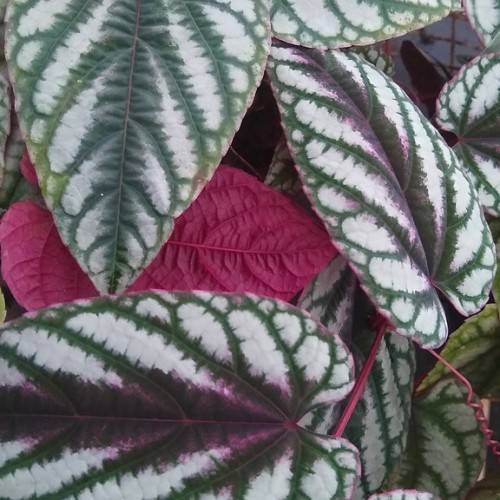
tapestry vine
Cissus discolor
Also Known As - Rex begonia vineCycle:
Perennial
Watering:
Average
Hardiness Zone:
11
Flowers:
Flowers In Summer
Sun:
part shade,full sun
Fruits:
Fruits In Autumn Ready In Fall
Edible:
Yes
Leaf:
Yes
Growth Rate:
High
Maintenance:
Moderate
Salt Tolerant:
Yes
Invasive:
Yes
watering
Tapestry vine prefers evenly moist soil, so it should be watered when the top inch or 2 of soil feels somewhat dry. During the plant's active growth in the spring and summer, you may need to water every 1-3 days, but in the fall and winter, you can water once a week. Be sure to always check the soil before watering, as overwatering can be just as damaging as underwatering.
sunlight
Tapestry vines need at least 6 hours of direct sunlight to thrive. Ideally, they prefer 6 to 7 hours of sunlight which is usually available when the sun is at its highest in the sky during the summer months. Tapestry vines should also receive partial shade in the afternoon since they are not well adapted to extreme hot weather.
pruning
Tapestry Vine (Cissus discolor) should be pruned annually in the winter when the plant is dormant. Light pruning should be done during the growing season to keep the plant neat and compact. Cut back the stems to about 3 inches from the ground and remove any weak or damaged stems. Prune overgrown vines to the desired size and shape. Avoid pruning more than 1/3 of the plant at once. You may also want to remove any dead or stray leaves throughout the growing season to maintain a tidy appearance.
